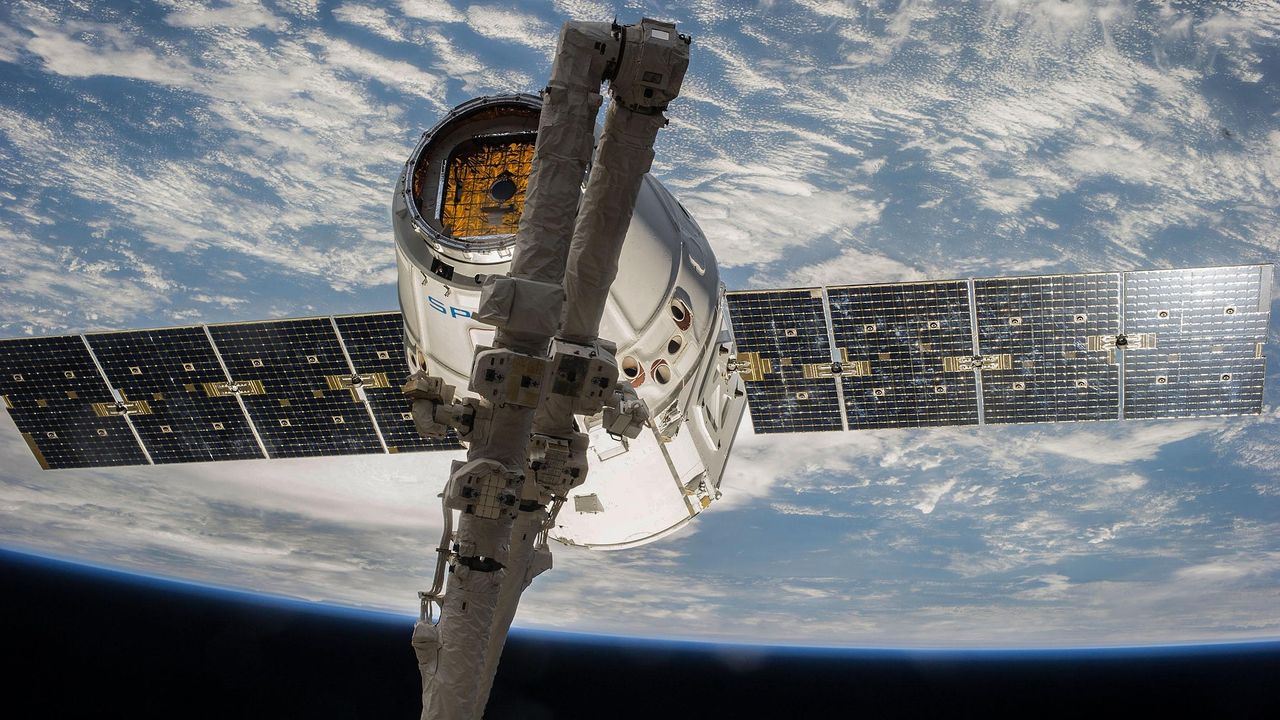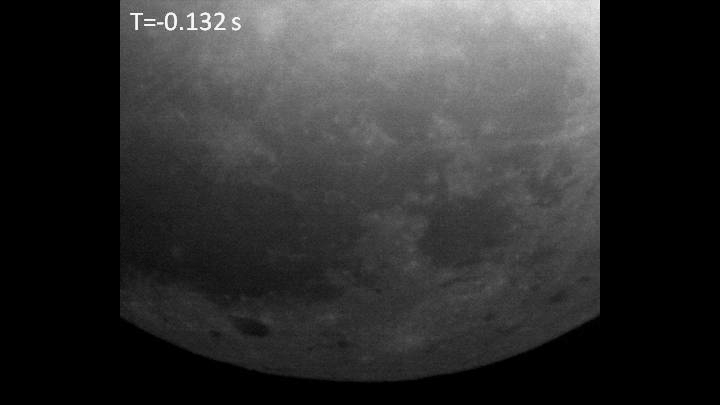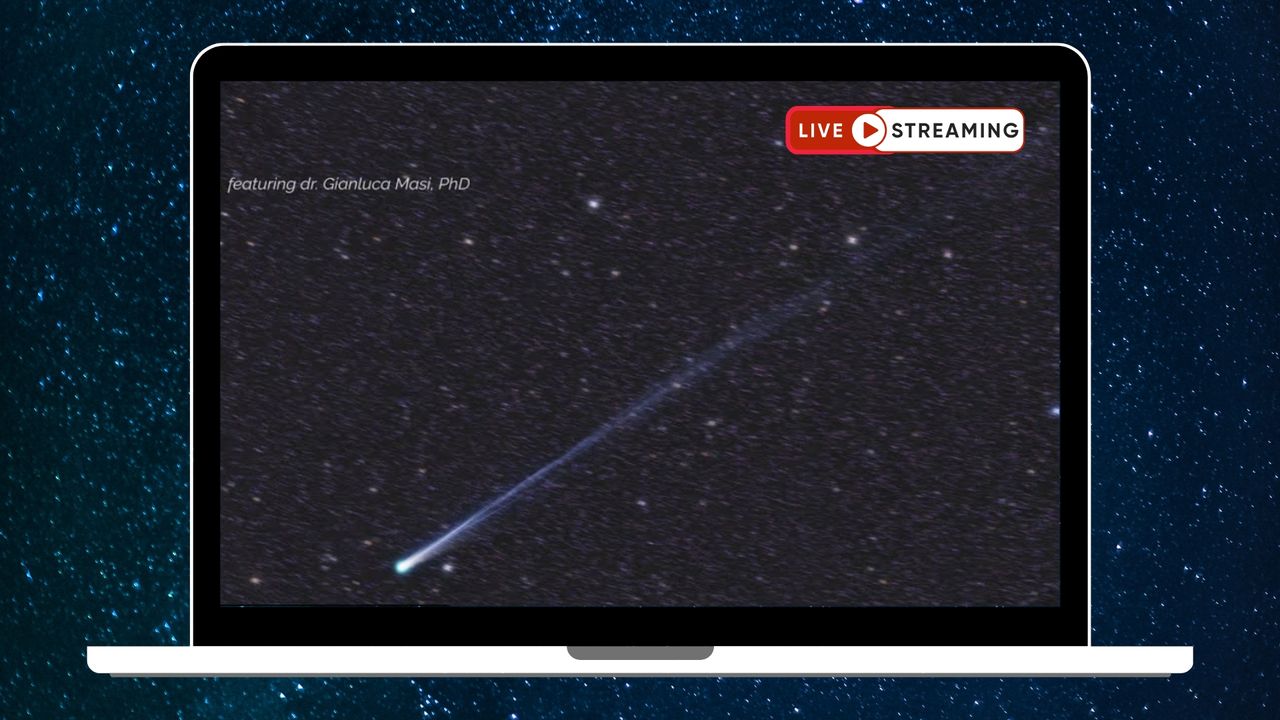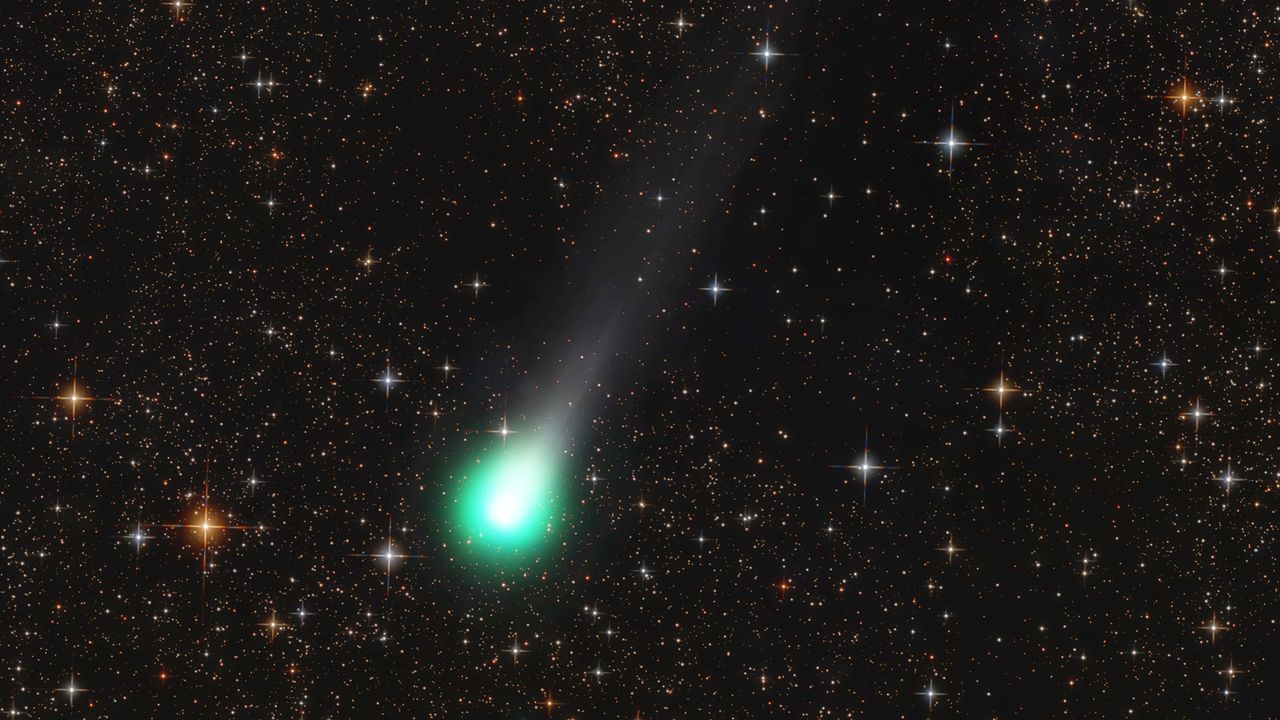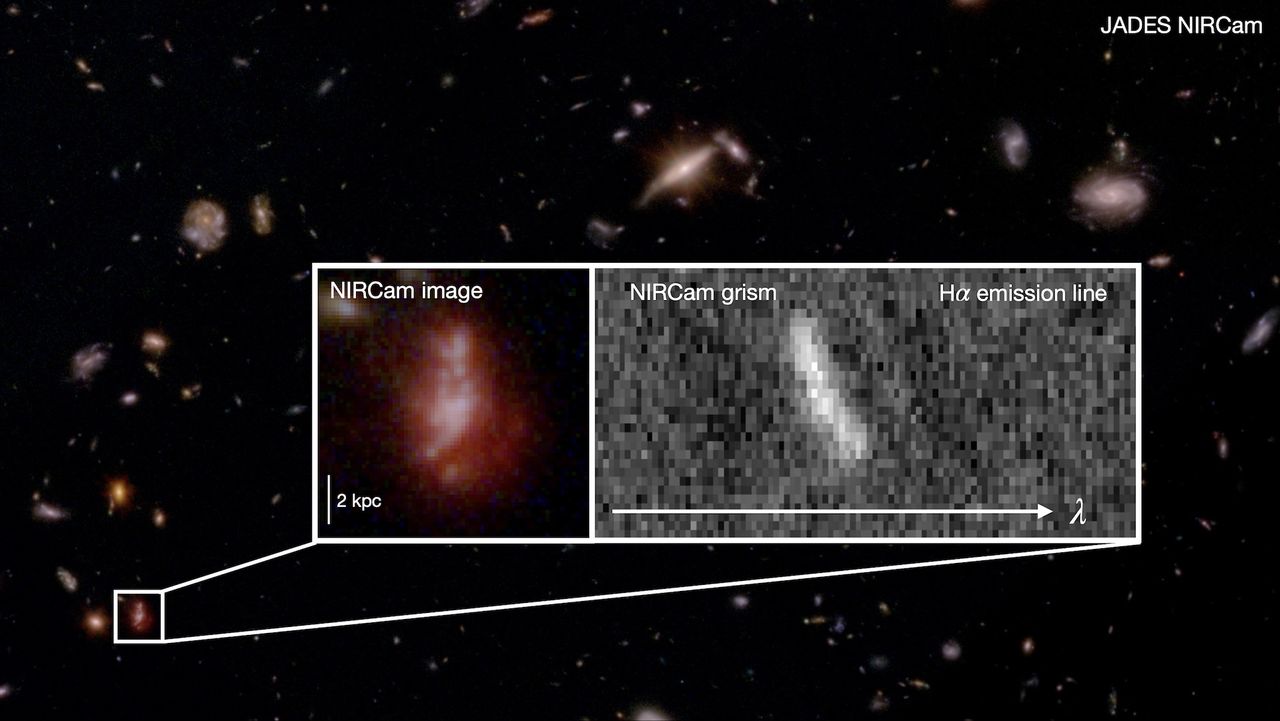Chemistry on Saturn's huge moon Titan is even weirder than we thought
PositiveScience
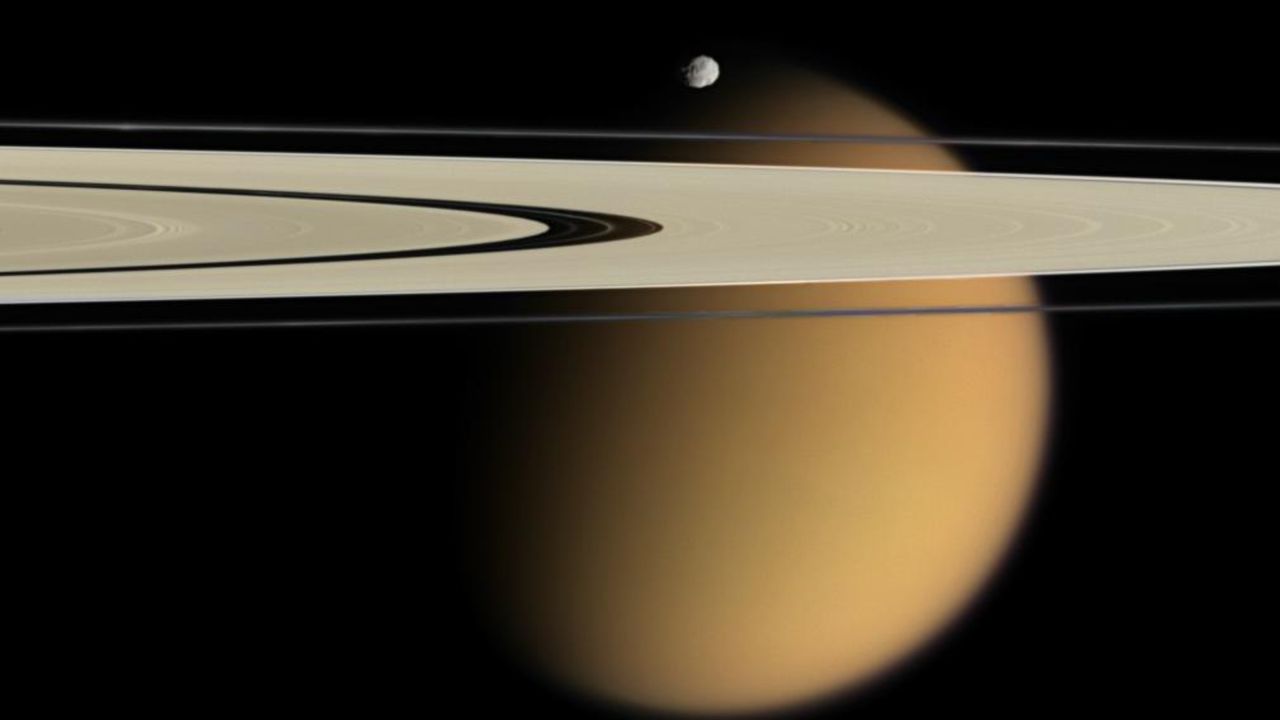
Recent findings about Titan, Saturn's largest moon, reveal that its chemical makeup is even more complex than previously understood. Scientists believe that Titan's chemical inventory shares similarities with the prebiotic conditions of early Earth, which could provide valuable insights into the origins of life. This discovery is significant as it opens up new avenues for research into astrobiology and the potential for life beyond our planet.
— Curated by the World Pulse Now AI Editorial System

